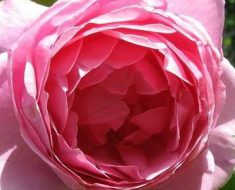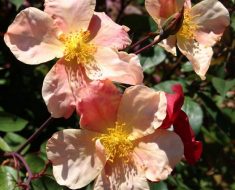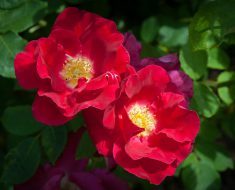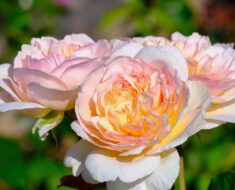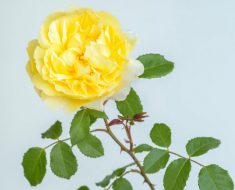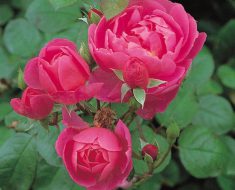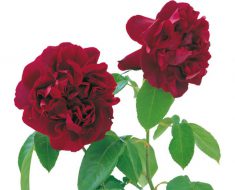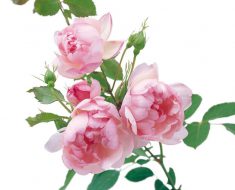Begonia is one of the favorite indoor plants. This is due to beautiful flowering and attractive leaves. In order for the plant to remain healthy and strong, efforts must be made. Diseases and pests of begonias are the causes of the untidy and fatal state of these plants.
Diseases of ornamental and deciduous begonias
Most often,feel unwell due to improper care. Therefore, it stops developing. Next, we give you a list of common symptoms and causes of such plant behavior.
- Leaves curl and dry around the edge that appear because begonia is kept in too dry conditions. She lacks moisture in the soil, air. Remove the plant from such a place.
- Too small young leaves develop as a result of a lack of nutrients in the soil and its deterioration. Transplant begonia every time into nutritious soil mixture. Feeding in the form of liquid fertilizer will also help. It should be intended for begonias. Feed a houseplant every two weeks.
- Begonia and its leaves wilt from gas fumes in the kitchen. Remove it immediately from the kitchen, where there is a gas stove.
- At the base of the begonia, rot appears on the stems and their tops because the soil in the pot is too moist. As a result of the accumulation of excess moisture by the plant, putrefactive diseases appear. At the initial stage of the disease, watering should be significantly reduced.
- Begonia can drop leaves in winter because it is cold or through. Remove the plant from the cause of the cold and transfer it to more comfortable conditions.
Diseases of flowering begonia
From indoor flowering plants, we expect a beautiful and abundant flowering. Many diseases are common to them. The following is a list of common begonia diseases.
- Yellow rings and spots appear on the leaves of begonias as a result of exposure to the cucumber mosaic virus. It spreads very quickly and is not treated. Such an affected plant is destroyed immediately. Inspect the rest of the indoor plants and get rid of the sick as well.
- A greenish coating with a brown tint is gray rot or mold. It affects the leaves and flowers of begonias. The cause of the occurrence is most often waterlogging. To get rid of gray rot, fungicides are used. For the treatment period, the plant is placed in a dry and cool room.
- Burns and dry leaves appear on begonias as a result of direct sunlight. Remove the plant from the bright sun.
- White spots with a powdery coating are a sign that begonia is affected by powdery mildew. The fight against it is the immediate use of fungicides and placing the flower in a well-ventilated and cool room.
- Blackened and decaying roots, noticeably slow growth and wilting appear because the plant became ill with black root rot. Fungicides and moderate watering will help to fight it. In order not to provoke the appearance of the disease in begonias, do not water the soil in the pot.
- The lack of flowering and underdeveloped new leaves indicate that you are underfeeding the plant. Feed every two weeks or transplant begonia into fresh soil.
- Sluggish and completely dried leaves indicate that the surrounding conditions are too dry. Regular watering and spraying will help to grow a beautiful and healthy begonia.
- Leaves are drooping and yellowing are Begonia that a sign that the plant is watered more intensively than it needs and it is cold.
Pests of begonia
Diseases and pests of begonia often come to us from the windows. Most flying pests are street insects that we fight in the garden.
- The greenhouse whitefly appears due to increased humidity. She eats begonia juice. As a result of its activity, the leaves become discolored and gradually dry out. Spray the plant with soapy water. To do this, dilute 40 ml of liquid soap in 10 liters of water. Before spraying, cover the root system.
- As a result of the activity of the gall nematode , growths and swellings appear on the stems, roots and leaves of begonias. This can lead to complete damage to the plant, stopping its growth and even death due to decay. Fighting her is quite difficult. The best way is to prevent it from occurring. Steam the soil before planting to kill all the larvae. If nevertheless a nematode has appeared, use a solution based on heterophos.
- Soft false shield settles inside the shoots. As a result, begonia stops growing and dries. You can get rid of it manually by cleaning the shoots with a soft brush. Use also an infusion of garlic.
- The appearance of a red spider mite is indicated by a spider web on the plant. Leaves in the beginning become marble, then become covered with cobwebs, turn yellow and fall off. He settles on the back of the leaves. Abundant irrigation and very warm conditions contribute to the emergence of this begonia pest. You can fight the tick with the drug Decis.
- Greenhouse aphids feed on plant sap. Its massive presence leads to the death of the plant. A sign of the presence of aphids on begonias is yellowed and twisted leaves, their falling. Flower buds also fall. Use insecticides. Use the drug immediately because aphids breed very quickly in indoor conditions.
- Leaf nematode affects the aerial part of the plant. A sign of its influence is light green spots on the leaves and their browning. In the early stages, heterophos affects it. If the lesion has spread greatly, it is better to remove the flower, and disinfect the pot well.
- Greenhouse thrips – a large insect. It leads to discoloration of the plant and stops its growth. Its reproduction is promoted by high humidity and high temperatures. Usually, to combat it, use a soap solution, tincture of tobacco and celandine (1 l of water and 100 g of the mixture).
From the above, you are convinced that diseases and pests of begonias appear quite often. Therefore, you must constantly monitor these plants in order to grow beautiful and healthy indoor begonias. Take care of begonias correctly and you do not have to deal with pests and diseases.
Enjoy your cultivation and successful struggle!
